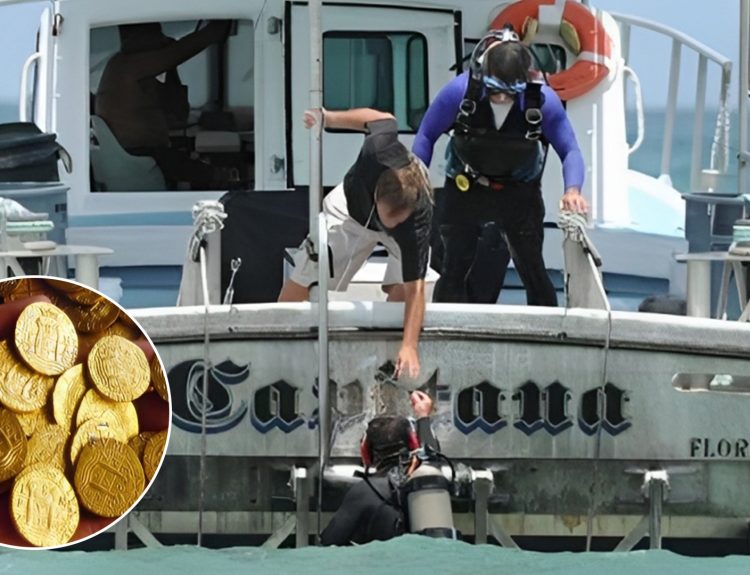The United States built its military might even before it became its own country, a legacy it continues to this day. From colonial and Revolutionary War days to French and Spanish settlements and from the westward expansion to the American Civil War, the U.S. has relied on the protection of its forts.
Many of these forts became the roots of American cities. Others were trading and military outposts. As a relatively young nation, compared to its European counterparts, the United States is fortunate to have many of its historic forts still standing today … a monument to the great history of the country. History buff? You’ll want to add some of these 13 historic American forts to your travel bucket list.
1. Fort Verde – Arizona
Although Fort Verde in Arizona is not as old as some of the others on our list, it has the distinction of being the “best preserved and least altered of any military posts” that were constructed in the American southwest to aid in skirmishes against the Apaches and other Native Americans.
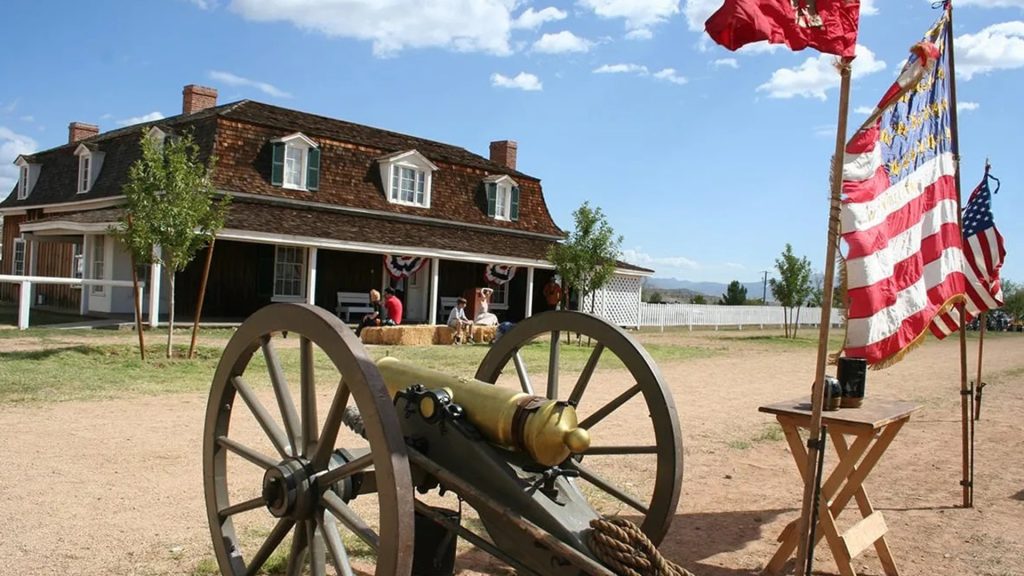
Fort Verde was established in 1871, long before Arizona was granted statehood. The troops stationed there protected settlers from Apache raids and, later, ensured that Native American people didn’t venture off the reservation. As a military fort goes, its history was fairly boring. There were no battles fought at the fort and there was no need to construct walls or stockades around it. Today, the fort is part of a state park where visitors can admire the adobe structures.
2. Fort Southwest Point – Tennessee
During the Revolutionary War, Tennessee was far away from the New England fighting. Or was it? Colonel Arthur Campbell wanted to see a fort constructed in Tennessee at the confluence of the Clinch and Tennessee Rivers as far back as 1779. It took until 1797 for the fort to be built. It served as a stopping point for settlers who have crossed the Appalachians.
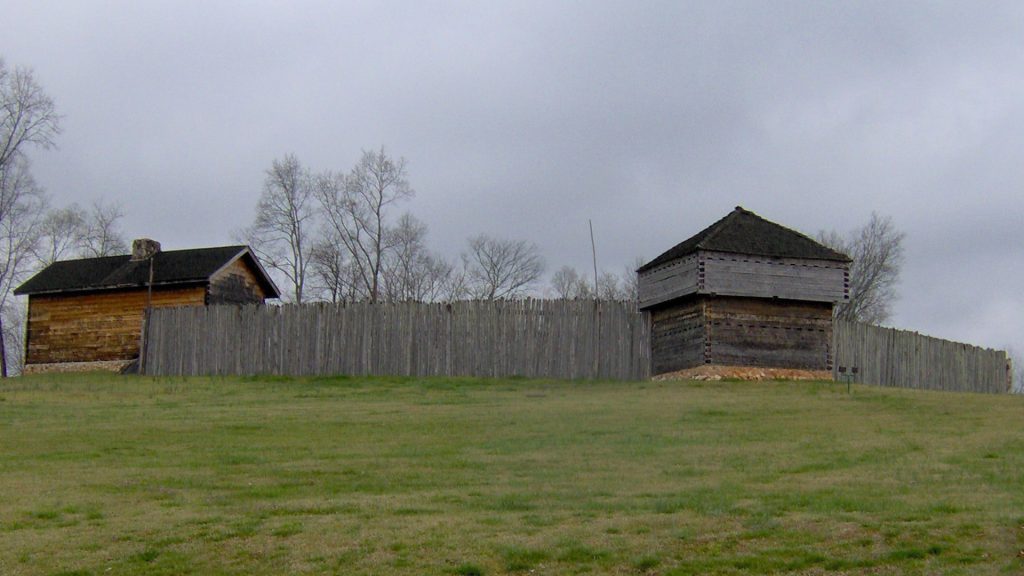
In the late 1790s, Fort Southwest Point was a recruitment site for the Lewis and Clark Expedition. Much of Fort Southwest Point fell into disrepair, but a few of the structures remain. There are ongoing archaeological excavations at the location, conducted through the Tennessee Division of Archaeology.
3. Fort Michilimackinac – Michigan
At the northern tip of Michigan’s mitten, at the point where the Mackinac Bridge now links the lower peninsula with the upper peninsula, stands Fort Michilimackinac. This fort was built by French fur traders in 1715 and was an important trading post for Great Lakes merchants. The French signed over ownership of the fort to the British after the French and Indian War.
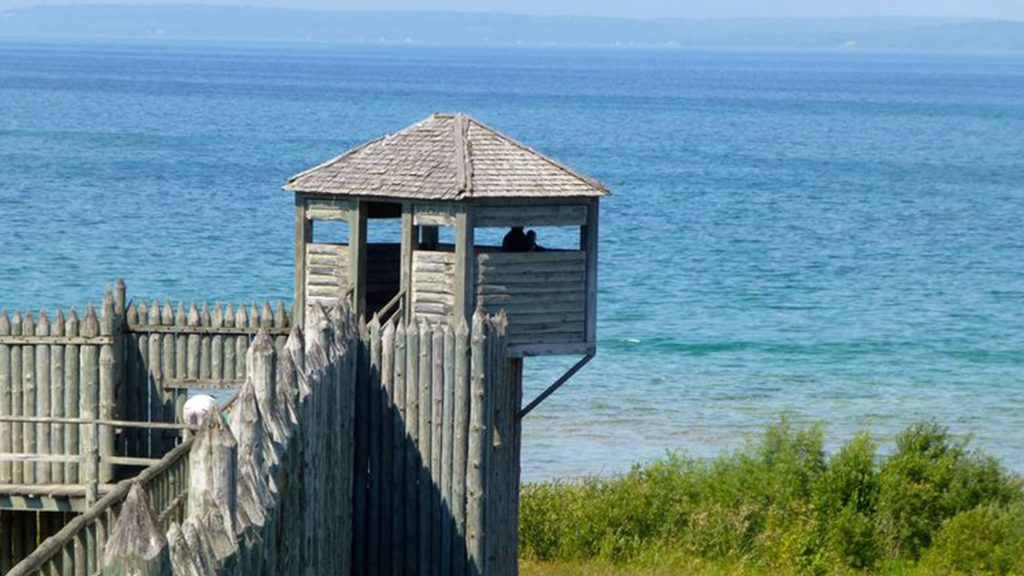
The native Ojibwe people, however, didn’t like the Brits or their policies. On June 2, 1763, they organized a lacrosse game outside the fort. When the Brits came out to watch the athletes compete, the Ojibwe rushed inside, killing nearly everyone inside. Today, the fort is a popular attraction in Mackinaw City.
4. Fort Gaines – Alabama
It was at Alabama’s Fort Gaines, located on Dauphin Island, where Admiral David Farragut famously said, “Damn the torpedoes! Full steam ahead!” The fort was built in 1821, but it played a pivotal role in the American Civil War, in part because of its strategic location at the mouth of Mobile Bay.
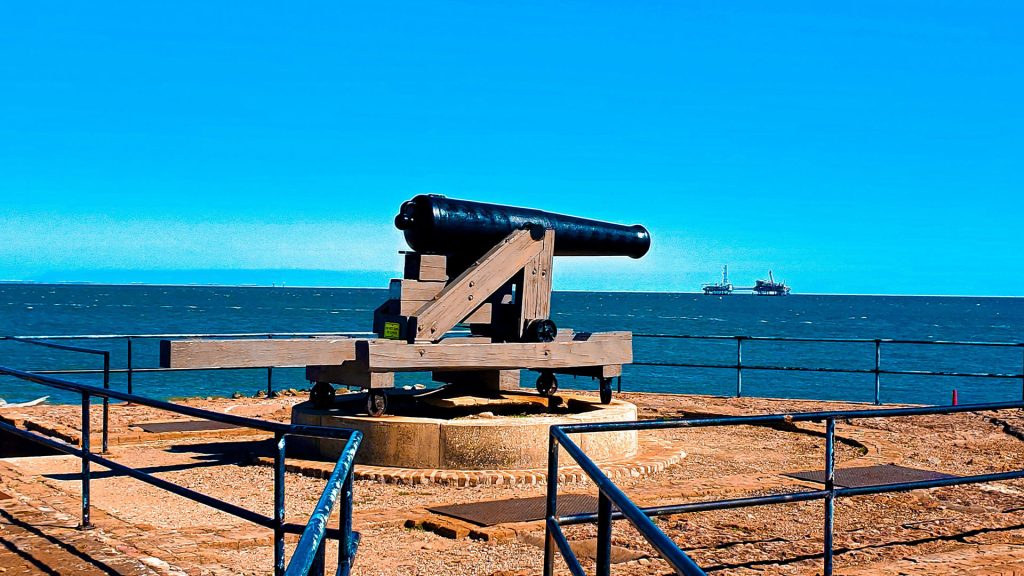
Ahead of the Civil War, Fort Gaines got an upgrade. It features fortified corner bastions, cannon mounts, and a tunnel system leading to various parts of the fort. Today, Fort Gaines welcomes visitors and Civil War reenactors to its grounds. It is one of the best-preserved masonry forts from the Civil War era.
5. Fort Ticonderoga – New York
The star-shaped Fort Ticonderoga in upstate New York was built by the French in 1755 to give them control of the southern end of Lake Champlain. Two of the fort’s four main bastions overlook the lake. A well-built fort, the walls of Fort Ticonderoga are 14-feet thick and stand 7-feet tall. It is surrounded by a moat that is 15-feet wide and 5-feet deep.
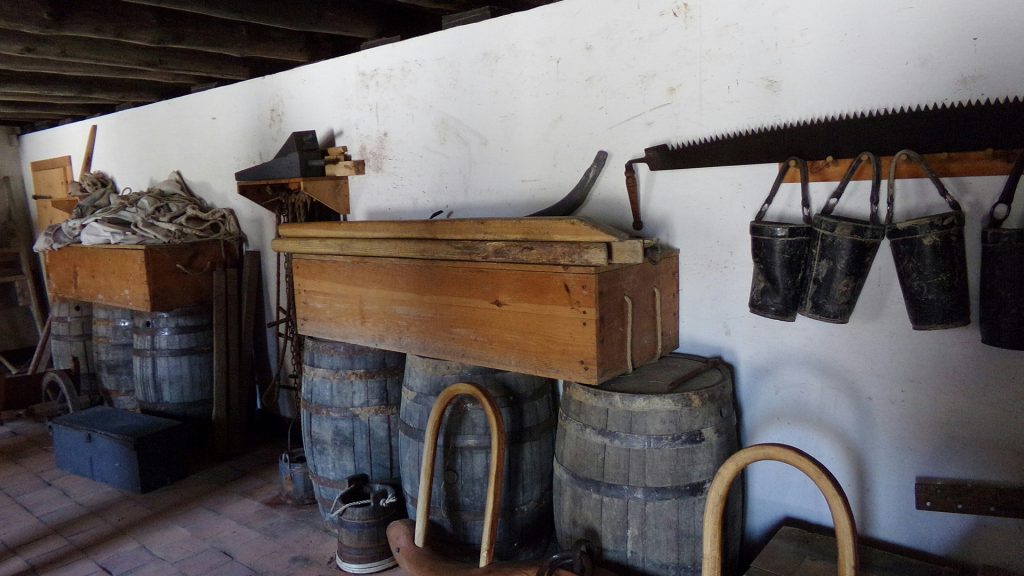
Fort Ticonderoga played major roles in two wars before the United States even became a country – the French and Indian War and the Revolutionary War. In both cases, the troops stationed at the fort kept the British from entering the U.S. from Canada.
6. Castillo de San Marcos – Florida
The Castillo de San Marcos is the oldest fort in the United States so it should come as no surprise that it is located in St. Augustine, Florida, the oldest city in the United States. This old fort wears its age well and is a reminder that American history involves more than British colonies. Castillo de San Marcos, constructed by the Spanish between 1672 and 1695, served to protect the interests of the Spanish Crown in North America.

The impressive limestone fort has been occupied by the Spanish, the British, and the Americans. Its strategic position along Florida’s Atlantic coast made it a key location in several conflicts. The fort is now a National Monument and a popular tourist attraction in St. Augustine.
7. Fort Sumter – South Carolina
The first shots of the Civil War rang out at Fort Sumter, in the entrance of Charleston Harbor in South Carolina. The fort sits on an artificial island and stands guard over Charleston. It was built in the early 1820s in response to the War of 1812, when British troops were able to capture Washington D.C. After that, the U.S. military sought to shore up its defenses against another naval invasion.

The invasion Fort Sumter was waiting for came on April 12, 1861, when Confederate forces attacked the Union garrison there. The fort fell into the hands of the Confederates, giving them the first victory of the Civil War and an accompanying moral boost. Fort Sumter, like Castillo de San Marcos, is now a National Monument.
8. Fort Delaware – Delaware
Situated on Pea Patch Island in the Delaware River, the aptly named Fort Delaware has witnessed some important historical events. Built during the War of 1812 and expanded during the Civil War, Fort Delaware was a Union stronghold and a prison camp.
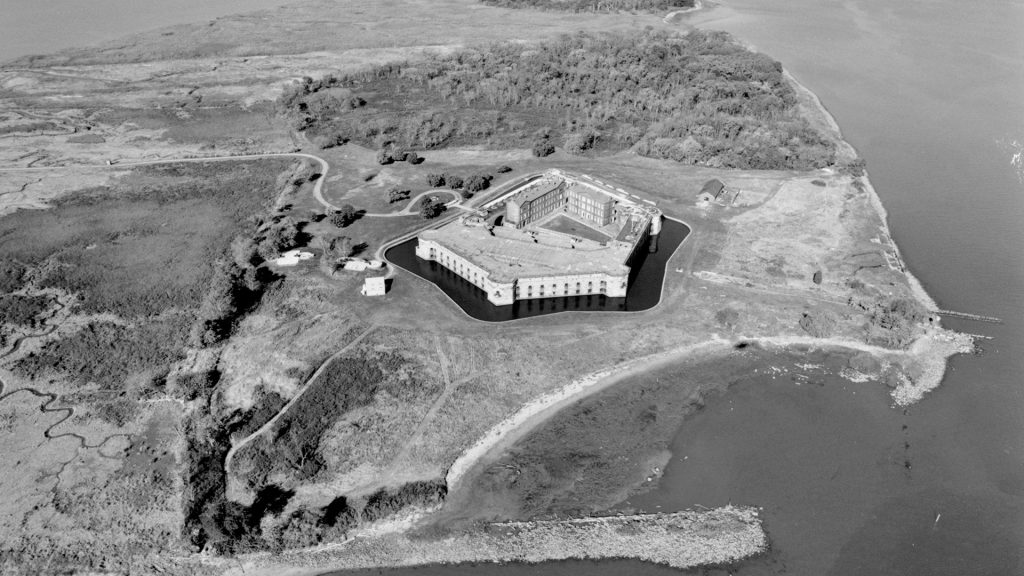
“Fort Delaware Prison.” Thousands of Confederate prisoners were held at Fort Delaware, which earned the nickname, “Delaware Prison.” Conditions on the island were terrible. Prisoners battled cold, hunger, and disease. All this was repeated in World War II when Fort Delaware served as a prisoner of war camp for captured Italian and German and Italian soldiers during World War II. Today, Fort Delaware is a state park and museum, offering insights into the challenges faced by prisoners of war.
9. Presidio of Santa Barbara – California
The East Coast does not have a monopoly on old forts. California’s Presidio of Santa Barbara, established in 1782 by the Spanish, served as a military outpost during the Spanish colonization of California. Those stationed at the fort had a two-fold task – to protect Spain’s interests in the area and to convert the indigenous population to Christianity.
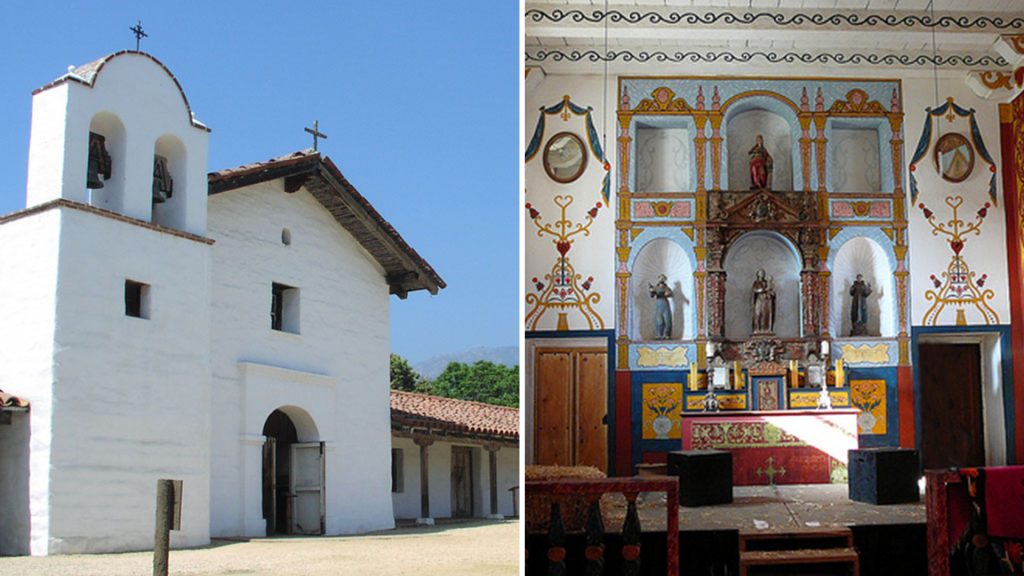
The chapel at Presidio of Santa Barbara was a center for the Christian faith when California was the wild frontier. Spanish missionaries made the fort their home base before starting out on missionary treks. During some of California’s pivotal moments, like the Mexican-American War and the Gold Rush, the Presidio of Santa Barbara stood strong.
10. Fort Knox – Kentucky
Today, we don’t really think of Fort Knox as a military fort … only as the location of the country’s gold depository. But Kentucky’s Fort Knox is an actual military fort that was built to defend the United States. Fort Knox was established in 1918 as a training facility for World War I troops. It then became an important site for armored vehicle warfare training. This is where American soldiers learned to drive tanks.
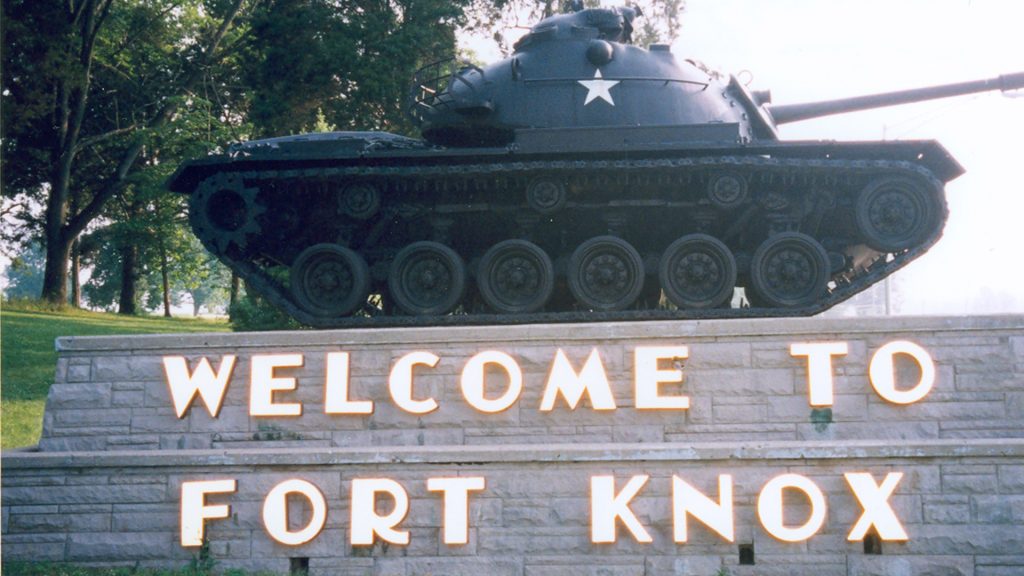
Armored vehicle training continued at Fort Knox during World War II and beyond. Fort Knox’s inland location, far from either coast, made it the ideal place to house the United States’ gold reserves. In 1936, it became the Department of Treasury’s bullion depository and, according to legends, is where the majority of the country’s gold is kept, well protected by the military and the United States Mint Police.
11. Fort Independence – Massachusetts
Various fortifications have been built on Castle Island in Boston Harbor since 1634. And why not? The island is the ideal location for a fort as it overlooks the entrance to the harbor. Since 1634, the fort has gone through several remodels and, after a devastating fire, a complete rebuild.

During both the Revolutionary War and the War of 1812, the fort – which adopted the name “Fort Independence” to honor the American bid for independence from the British – defended Boston from invasion. Later, during the Civil War, the fort was used by the Union Army as a recruitment and training center. Now a state park, Fort Independence celebrates America’s early history.
12. The Alamo – Texas
Still an iconic place in Texas history, the Alamo stands in the present-day city of San Antonio. This fort started out as the Mission San Antonio de Padua, an 18th century Spanish mission where priests worked to convert the native population to Christianity. During the Texas Revolution of 1836, however, the Alamo became a fort.
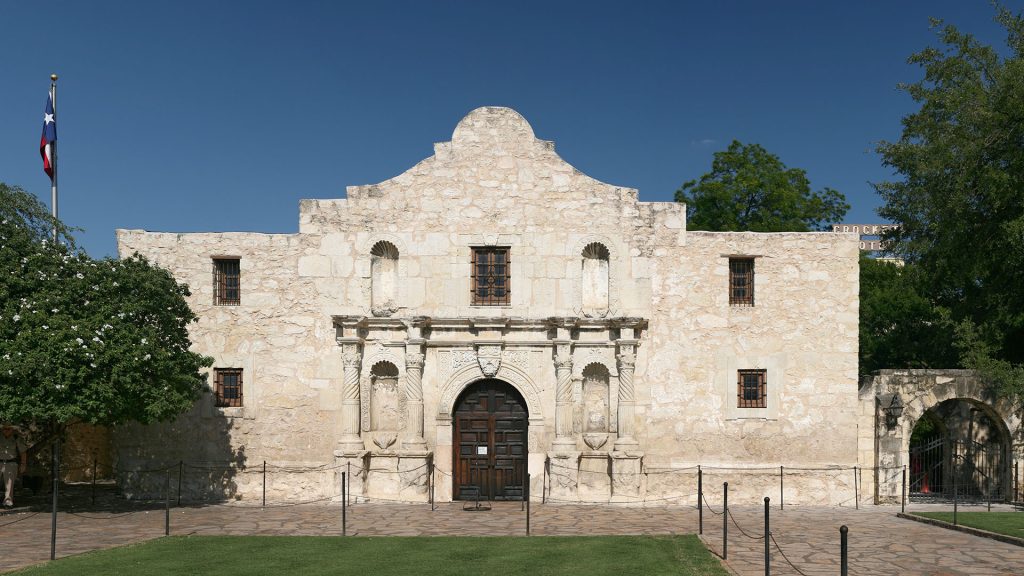
The Battle of the Alamo was a turning point in the fighting. A group of Texan held firm in the Alamo, fighting off the advances of General Antonio Lopez de Santa Anna and the invading Mexican army. The Texans fought courageously, but the Alamo fell on March 6, 1836. “Remember the Alamo” soon became the rallying cry for Texas independence.
13. Fort McHenry – Maryland
During the War of 1812’s Battle of Baltimore, which actually took place in 1814, the British tried to capture Fort McHenry, located in Baltimore Harbor. The bombardment lasted for more than 24 hours. Poet Francis Scott Key witnessed the battle and, through the long night of fighting, he used the light from the explosions to see if the American flag was still flying over the fort, indicating that it hadn’t been captured.
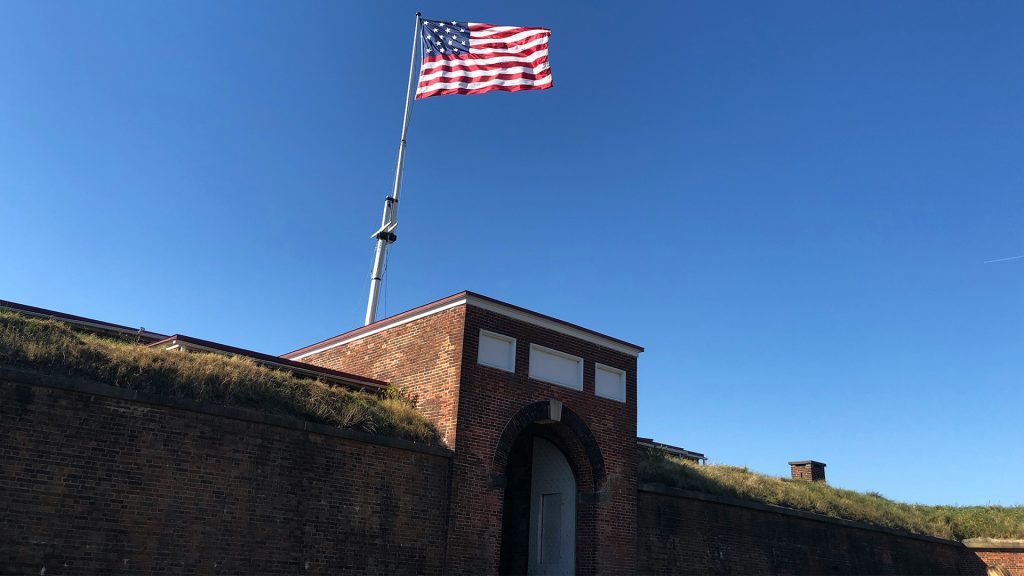
The event inspired Key to pen a poem. The words of that poem were later turned into the lyrics for “The Star-Spangled Banner”, the national anthem of the United States. Today, Fort McHenry is both a national park and a national monument that provides learning opportunities about the various wars fought on American soil, as well as the creation of the national anthem.





